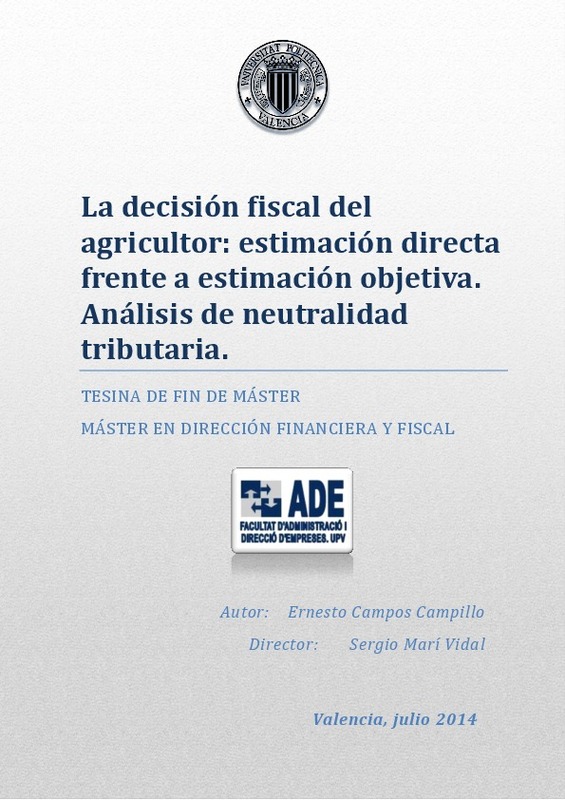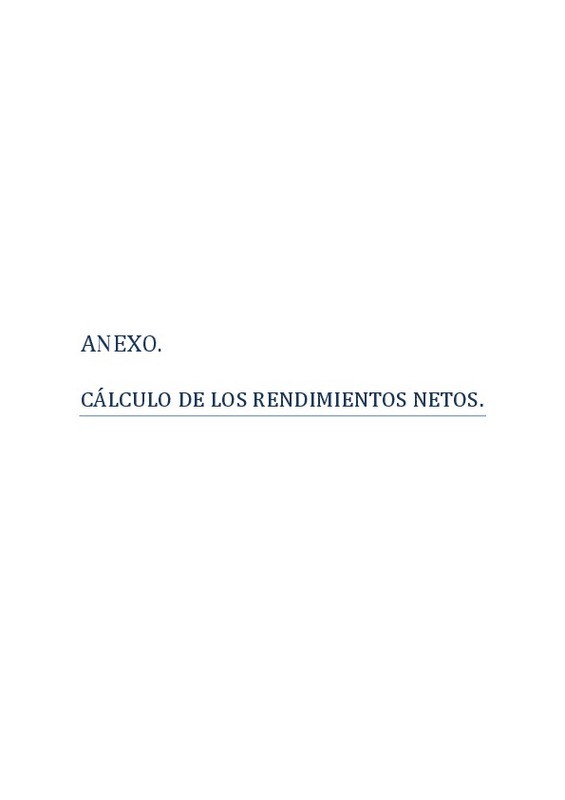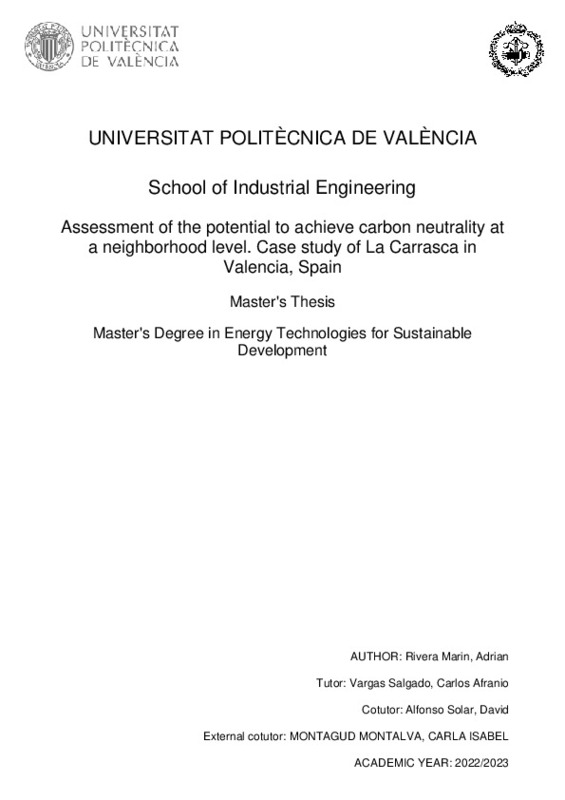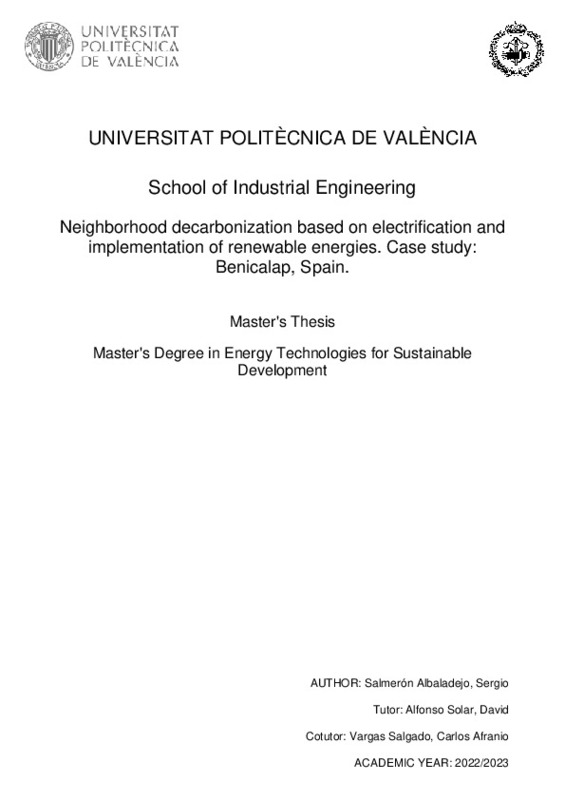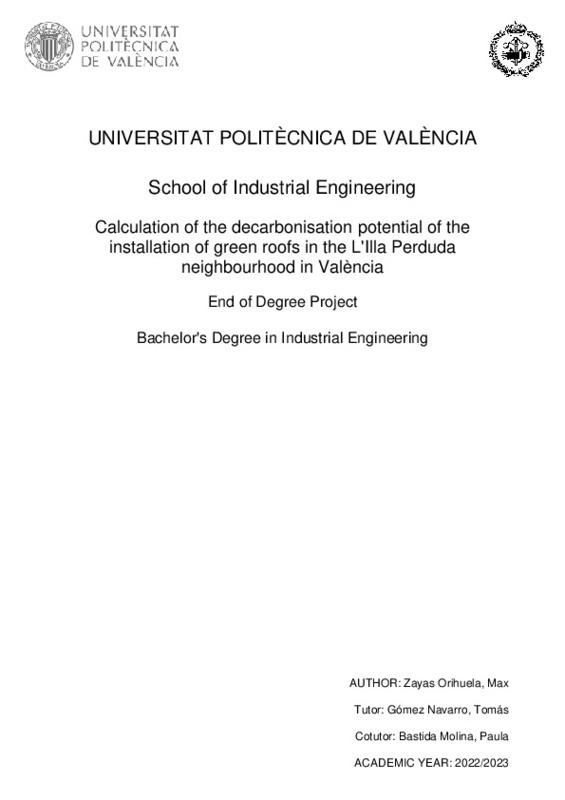|
Resumen:
|
[ES] Entre los métodos existentes para determinar el rendimiento neto de una actividad económica, previstos en el artículo 16 de la Ley 35/2006, del Impuesto sobre la Renta de las Personas Físicas, estudiamos el de estimación ...[+]
[ES] Entre los métodos existentes para determinar el rendimiento neto de una actividad económica, previstos en el artículo 16 de la Ley 35/2006, del Impuesto sobre la Renta de las Personas Físicas, estudiamos el de estimación directa, en su modalidad simplificada, y el de estimación objetiva, por considerarlos los de mayor grado de aplicación en el sector agrario. El método objetivo es muy rígido y no parece tener mucha correlación con el cambiante entorno al que se ven sometidos los elementos de una explotación agraria como los cambios climatológicos, las plagas, el incremento de precio de los insumos, el estancamiento de los precios percibidos, etc. Así pues, lo razonable sería optar por un método que permita tributar por la verdadera renta y no en base a una estimación que en muchos casos se aleja de la realidad. No obstante, la simplificación en cuanto a obligaciones contables y registrales que permite el método de estimación objetiva constituye la principal razón por la que los agricultores y ganaderos optan por este régimen simplificado, frente al de estimación directa. A lo largo de este trabajo expondremos la forma de cálculo para determinar el rendimiento neto de la actividad agraria mediante los dos métodos antes mencionados, así como las obligaciones contables y registrales exigidas. Nuestro objetivo principal es analizar la evolución de la neutralidad tributaria de dichos regímenes durante el período 2005-2011, evaluando las distintas cargas fiscales soportadas mediante un estudio cuantitativo. Ante las diferencias obtenidas al determinar los resultados por los dos métodos nos encontramos en situaciones de proteccionismo fiscal en los casos en que el resultado estimado mediante índices sea inferior al realmente obtenido, de lo contrario estamos ante situaciones de beligerancia fiscal. Lo ideal es que ambos métodos fueran neutrales, situación que no se cumple en España durante el período analizado, algo que podría considerarse contrario a los principios de Justicia y Capacidad Económica de la Ley General Tributaria.
[-]
[EN] Among the methods for determining the net income of an economic activity, under Article 16 of Law 35/2006 on Income Tax of Individuals, we studied the direct assessment method, in its simplified form, and the objective ...[+]
[EN] Among the methods for determining the net income of an economic activity, under Article 16 of Law 35/2006 on Income Tax of Individuals, we studied the direct assessment method, in its simplified form, and the objective assessment method, as they are considered the highest level of implementation in the agricultural sector.
The objective method is very rigid and does not seem to have much correlation with the changing environment of agricultural elements as climate changes, pests, increased input prices, stagnant prices received, etc. Thus, it would be reasonable to opt for a method that allows pay taxes on real income and not based on an estimate income that in many cases are far from reality. However, the simplification in accounting and registration obligations that allows the objective assessment method is the main reason that farmers opt for this simplified scheme versus direct assessment method.
Throughout this paper we will discuss the calculation method to determine the
net income from farming by the above two methods, and the required accounting and registration obligations.
Our main objective is to analyze the evolution of the tax neutrality of these methods during the period 2005-2011, evaluating the different tax burdens by a quantitative study.
Given the differences in the results obtained by the two methods, we are in situations of fiscal protection in cases where the result estimated by indexes are minor than actually taken, otherwise we are in situations of tax belligerence.
The ideal is that both methods were neutral, which is not fulfilled in Spain during the analyzed period, which could be considered contrary to the principles of Justice and Economic Capacity of the General Tax Law.
[-]
|




